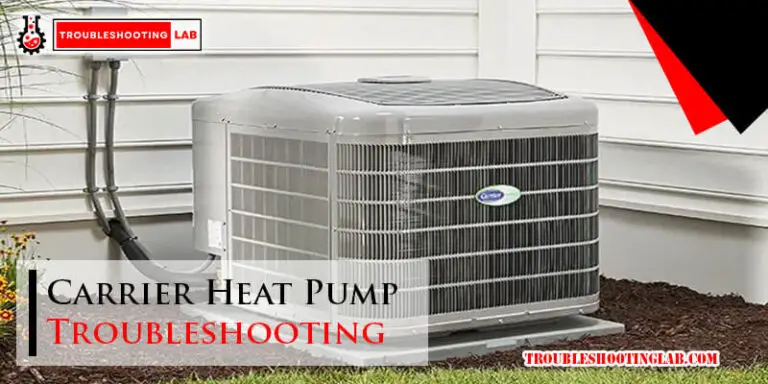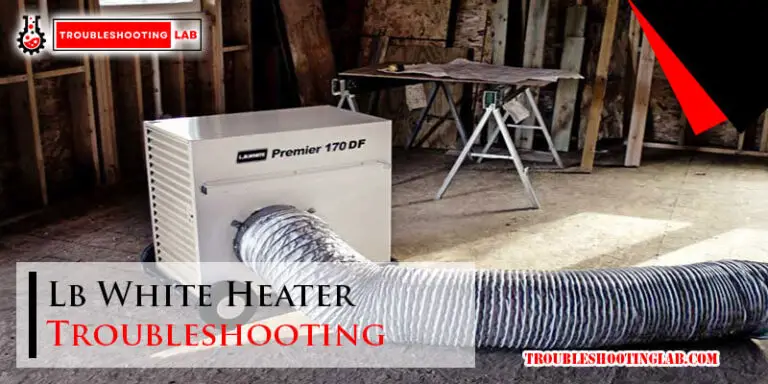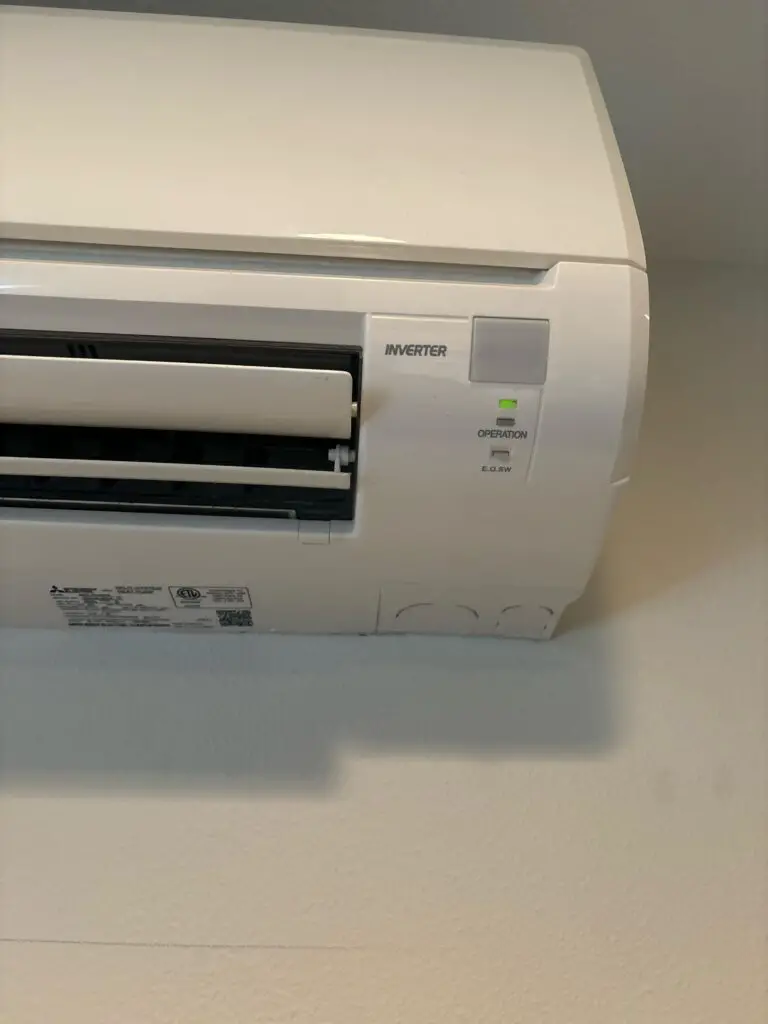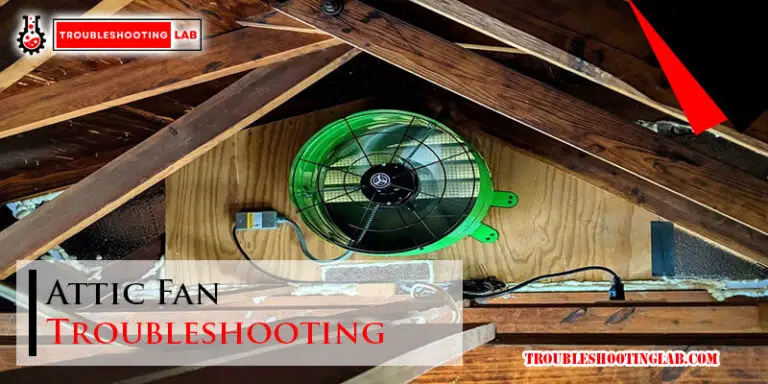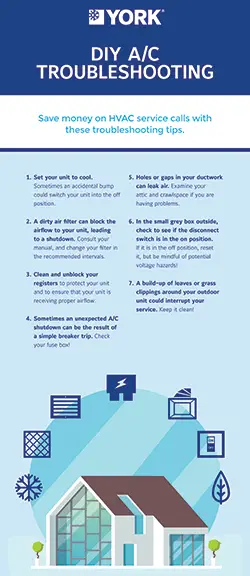Guardian Furnace Troubleshooting: Essential Tips for Quick Fixes
Guardian furnace troubleshooting involves checking for common issues such as thermostat settings, power supply, and air filters. Regular maintenance ensures efficient operation and prevents major problems.Guardian furnaces are reliable, but like all machines, they can encounter issues. Regular troubleshooting can save you time and money. Start by inspecting the thermostat to ensure it’s set correctly. Verify the power supply; a tripped breaker or blown fuse can cause the furnace to stop working.
Dirty air filters can restrict airflow, leading to inefficiency. Clean or replace filters regularly. If the furnace still doesn’t operate correctly, consult the user manual for additional troubleshooting steps or contact a professional technician. Routine checks help maintain optimal performance and prolong the furnace’s lifespan.
Common Furnace Problems
Furnaces are essential for keeping homes warm during cold months. However, furnaces can face several issues that hinder their performance. Here, we will discuss some common furnace problems and how to troubleshoot them effectively.
No Heat
One of the most common problems is a furnace not producing heat. If your furnace is blowing cold air, follow these steps:
- Check the thermostat: Ensure it is set to “Heat” and the temperature is high enough.
- Inspect the circuit breaker: Make sure the furnace’s circuit breaker is not tripped.
- Examine the pilot light: For older models, ensure the pilot light is lit.
- Filter check: Replace or clean the air filter if it is dirty.
If none of these steps work, it might be time to contact a professional for help.
Inconsistent Heating
Inconsistent heating can be frustrating. One room may be warm while another is cold. To address this issue, consider the following:
- Check for blocked vents: Ensure no furniture or objects block the vents.
- Inspect the ductwork: Look for leaks or disconnections in the ducts.
- Thermostat location: Ensure the thermostat is not near a heat source or draft.
- Balance the system: Adjust the dampers in the duct system for even airflow.
If these steps do not solve the problem, it might require a professional assessment.
By understanding these common issues and their solutions, you can keep your furnace running smoothly. Regular maintenance and timely troubleshooting can save you from bigger problems and ensure a warm, comfortable home.
Checking The Thermostat
Ensuring your Guardian furnace works well starts with the thermostat. The thermostat controls the temperature of your home. Problems with the thermostat can affect the furnace. Here, we will guide you through checking the thermostat.
Correct Settings
First, make sure your thermostat is set correctly. Set it to “Heat” mode. The temperature should be higher than the current room temperature. This tells the furnace to turn on.
- Check the mode is set to “Heat”.
- Set the temperature higher than the room temperature.
- Ensure the fan is set to “Auto”.
Battery Replacement
Sometimes, the thermostat batteries die. This can stop the furnace from working. Replacing the batteries is simple and quick.
- Remove the thermostat cover.
- Take out the old batteries.
- Insert new batteries.
- Replace the cover.
Use fresh batteries and make sure they are installed correctly.
| Step | Description |
|---|---|
| 1 | Remove thermostat cover |
| 2 | Take out old batteries |
| 3 | Insert new batteries |
| 4 | Replace cover |
If the thermostat still does not work, it may need replacement or further troubleshooting.
Inspecting The Air Filter
A clean air filter is crucial for a furnace’s efficiency. Inspecting it can prevent many issues. A dirty filter can block airflow and damage the furnace. This section will guide you through the steps of inspecting the air filter.
Filter Location
First, locate the air filter. It’s usually near the air handler or return duct. Check your furnace manual for the exact location.
| Furnace Part | Location |
|---|---|
| Air Handler | Near the bottom |
| Return Duct | Close to the return air vent |
Cleaning Or Replacement
Once you find the filter, inspect it for dust and debris. If it’s dirty, it needs cleaning or replacement.
- Turn off the furnace: Ensure safety by cutting power.
- Remove the filter: Slide it out carefully.
- Inspect the filter: Check for dust and damage.
For reusable filters, clean them with water. Let them dry completely before reinserting. For disposable filters, replace them with a new one. Ensure the new filter matches the size and type.
- Reusable Filters: Clean every 1-3 months.
- Disposable Filters: Replace every 1-3 months.
A clean filter ensures proper airflow and efficient furnace operation. Regular checks can save money and extend furnace life.
Evaluating The Pilot Light
Understanding the status of your furnace’s pilot light is essential. This is a key troubleshooting step for your Guardian furnace. A malfunctioning pilot light can cause many heating issues. Let’s dive into checking and relighting your furnace pilot light.
Pilot Light Status
First, check the pilot light status. Is it lit or out? If it’s out, follow the steps to relight it. A functioning pilot light should burn steadily with a blue flame. If the flame is yellow, it indicates an issue. This could be a dirty pilot tube or incorrect gas pressure.
Relighting Instructions
To relight the pilot light, follow these steps:
- Turn off the furnace power.
- Locate the pilot light assembly. It’s usually near the furnace’s bottom.
- Set the gas valve to ‘Off’ and wait for 5 minutes. This clears any gas.
- Switch the gas valve to ‘Pilot’.
- Hold down the reset button and use a lighter to ignite the pilot.
- Hold the reset button for 30 seconds after the pilot lights.
- Release the reset button and turn the gas valve to ‘On’.
- Restore power to the furnace.
If the pilot light doesn’t stay lit, it might indicate a problem with the thermocouple. Clean the pilot tube regularly to ensure a steady flame. Safety comes first. Always follow the manufacturer’s instructions.
Examining The Blower Motor
To keep your Guardian Furnace running smoothly, the blower motor is key. This part helps move warm air through your home. Regular checks can prevent bigger issues. Let’s dive into the details.
Motor Function
The blower motor must work well for efficient heating. If the motor stops, the furnace won’t heat your home. Listen for strange sounds like grinding or screeching. These sounds can signal a problem. Another sign is weak airflow. If air is not moving well, the motor may have issues. Check the power supply too. Ensure the motor is getting electricity.
Lubrication Needs
Some blower motors need regular lubrication. Lubrication helps the motor run smoothly. Without it, the motor can overheat and fail. Check your furnace manual for lubrication points. Use the oil recommended by the manufacturer. Do not over-lubricate. Too much oil can cause dirt buildup. Clean the motor area before adding oil.
Signs Of Wear
Inspect the blower motor for signs of wear. Look for frayed wires or burnt smells. These are warnings that the motor may need replacing. Check the fan blades too. Broken or bent blades can reduce airflow. A well-maintained blower motor ensures your furnace works efficiently.
| Issue | Possible Cause | Solution |
|---|---|---|
| No Airflow | Blower Motor not working | Check power supply, listen for noises |
| Weak Airflow | Dirty or Lubrication needed | Clean motor, add oil |
| Strange Noises | Worn out motor | Inspect and replace if needed |
Assessing The Electrical Components
When troubleshooting a Guardian furnace, assessing the electrical components is crucial. Electrical issues can cause many furnace problems. This section will guide you through key checks to ensure your furnace operates smoothly.
Circuit Breaker Check
First, locate the circuit breaker panel. Find the breaker labeled “furnace.” Ensure it is in the “on” position. If the breaker has tripped, reset it by switching it off and then on again. A frequently tripping breaker can indicate a more serious problem. It might mean the furnace is drawing too much power.
Wiring Inspection
Inspect the furnace wiring for any visible damage. Look for frayed or disconnected wires. Make sure all connections are secure. Loose or damaged wires can interrupt the electrical flow. This can prevent the furnace from functioning properly. Use a multimeter to check for continuity in the wires. If there is no continuity, the wire may need replacement.
Checking The Gas Supply
Ensuring your Guardian furnace works efficiently requires regular maintenance. One critical aspect is checking the gas supply. A malfunctioning gas supply can lead to several issues, including the furnace not turning on. Here’s how you can troubleshoot the gas supply to your Guardian furnace.
Gas Valve Position
The gas valve controls the flow of gas to the furnace. It’s crucial to check its position.
- Locate the gas valve near your furnace.
- Ensure the valve is in the ‘on’ position. The handle should be parallel to the gas pipe.
- If the valve is off, turn it on and observe the furnace.
If the furnace still doesn’t work, proceed to check other components.
Gas Line Issues
Gas line problems can stop the flow of gas to your furnace.
- Inspect the gas line for any visible damage or leaks.
- Listen for any hissing sounds, which indicate a gas leak.
- Use a mixture of soap and water to detect leaks. Apply it on the gas line and look for bubbles.
- If you find any leaks or damages, contact a professional immediately.
Remember to ensure safety first when dealing with gas lines. Turn off the gas supply if you suspect a leak.

When To Call A Professional
Guardian furnaces are reliable but sometimes need expert help. Knowing when to call a professional can save you time and money. This section will guide you on identifying major issues and choosing the right technician.
Signs Of Major Issues
Some furnace problems require immediate professional attention. Here are the major signs:
- No Heat: If your furnace doesn’t produce heat, call a pro.
- Strange Noises: Loud or unusual sounds often indicate serious problems.
- Frequent Cycling: If the furnace turns on and off too often, it needs expert attention.
- Carbon Monoxide Alarm: This is a life-threatening issue. Get professional help immediately.
- Unusual Smells: Smells like gas or burning require immediate inspection.
Choosing The Right Technician
Selecting a qualified technician ensures proper furnace repair. Here’s a quick guide:
| Factor | Details |
|---|---|
| Certification | Ensure the technician is certified and licensed. |
| Experience | Look for someone with at least five years of experience. |
| Reviews | Check online reviews and ratings. |
| Warranty | Ask if they offer a warranty on their work. |
| Availability | Ensure they can provide prompt service. |
By recognizing major issues and choosing the right technician, you can keep your Guardian furnace running efficiently and safely.
Frequently Asked Questions
How To Reset Guardian Furnace?
To reset a Guardian furnace, locate the reset button on the unit and press it gently.
Why Is My Guardian Furnace Not Igniting?
A Guardian furnace might not ignite due to a faulty ignitor, gas supply issues, or a malfunctioning thermostat.
What Does A Guardian Furnace Error Code Mean?
Guardian furnace error codes indicate specific issues. Refer to the user manual for a detailed explanation of each code.
How Often Should I Service My Guardian Furnace?
Service your Guardian furnace annually to ensure optimal performance and longevity.
Why Is My Guardian Furnace Making Noise?
Noises in a Guardian furnace can be due to loose components, dirty burners, or a failing motor. Seek professional help.
Conclusion
Troubleshooting your Guardian furnace can save time and money. Follow the steps outlined to identify common issues. Regular maintenance ensures your furnace runs efficiently. If problems persist, consult a professional for help. Keeping your furnace in top condition guarantees warmth and comfort during colder months.

